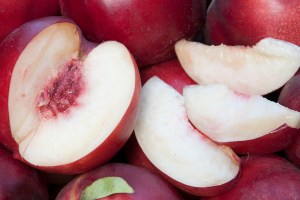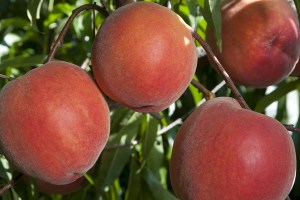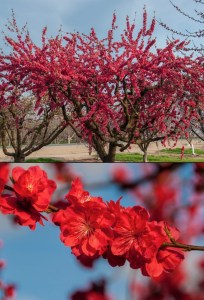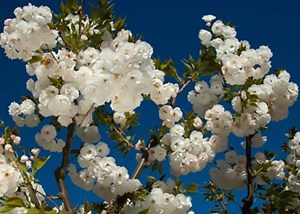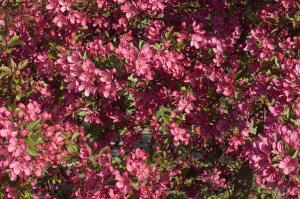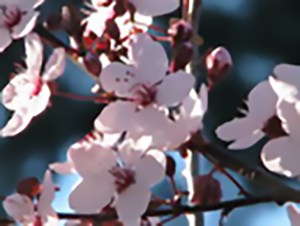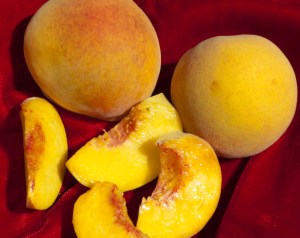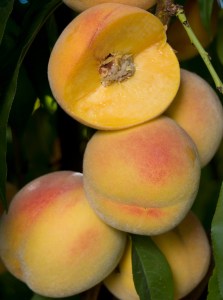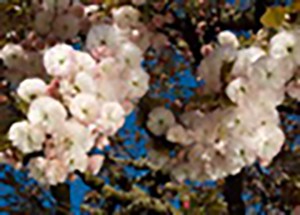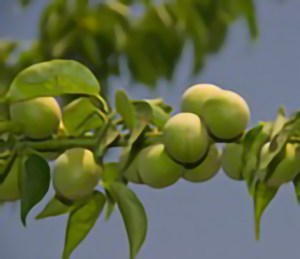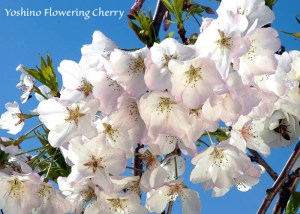Flowering Trees
Bare Root Flowering Trees
 When you see the blossoms on the flowering plum tree, you know spring has finally arrived! All the flowering trees on our list, with the exception of the Chitalpa, are spring bloomers.
When you see the blossoms on the flowering plum tree, you know spring has finally arrived! All the flowering trees on our list, with the exception of the Chitalpa, are spring bloomers.
The dwarf flowering Purple Pony is an excellent solution for small landscape areas. The tree is only ten to twelve feet tall. The pale, single pink blooms are followed by purplish foliage, adding interest from spring to fall.
Flowering plum trees are very low maintenance plants that need minimal pruning. They have few disease and insect problems except in the Pacific Northwest where leaf damage from insects and fungus can be a problem. They are not particular about soil, but cannot survive in boggy situations.
More About Flowering Trees
Crabapples are hardier and more tolerant of wet soils than stone fruits. They tolerate heat and need be pruned only for aesthetic purposes. They make good espaliers (see our tips on espaliering in the Gardening Guide). Transcendent is a variety that produces edible fruit, generally used for preserves and jellies. The fruit can be used alone for jelly or with other fruits that contain less pectin. It’s also an excellent pollenizer.
Flowering peaches are identical to fruiting peaches in growth habit, height and cultural requirements. Heavy pruning is necessary for a good show of flowers. Prune after bloom or you can cut the flowering stems for bouquets as a method of pruning. Early flowering varieties are best for areas with early and hot springs. The early pink and red flowering varieties are popular for the Chinese New Year in southern California because of their very early bloom. Double Jewel, Red Baron and Saturn bear fruit in addition to their very showy flowers.
Flowering cherries are spectacular! They perform best in well-drained soil as do their fruiting counterparts. They are well-suited to Oriental gardens and are a focal point for many landscapes in Japan. They vary in form from the narrow Amanagawa to the Yoshino, a rounded tree forty feet tall and thirty feet wide. The flowers bloom in white and shades of pink with glossy, dark green leaves.
The Chitalpa differs from our other ornamental trees in that it blooms in the summer with light pink flowers that resemble orchid blooms. The tree is relatively small, reaching twenty to thirty feet. This cross of the Catalpa tree and the Chilopsis shrub was originally hybridized in Uzbekistan. The Chitalpa can withstand heat and drought and has been known to withstand temperatures of nine degrees. In USDA Zone 6, it will freeze to the ground. The Chitalpa can be grown as a standard although it has a tendency to sucker. Left to its natural inclinations, it makes a lovely multi-trunked tree.

